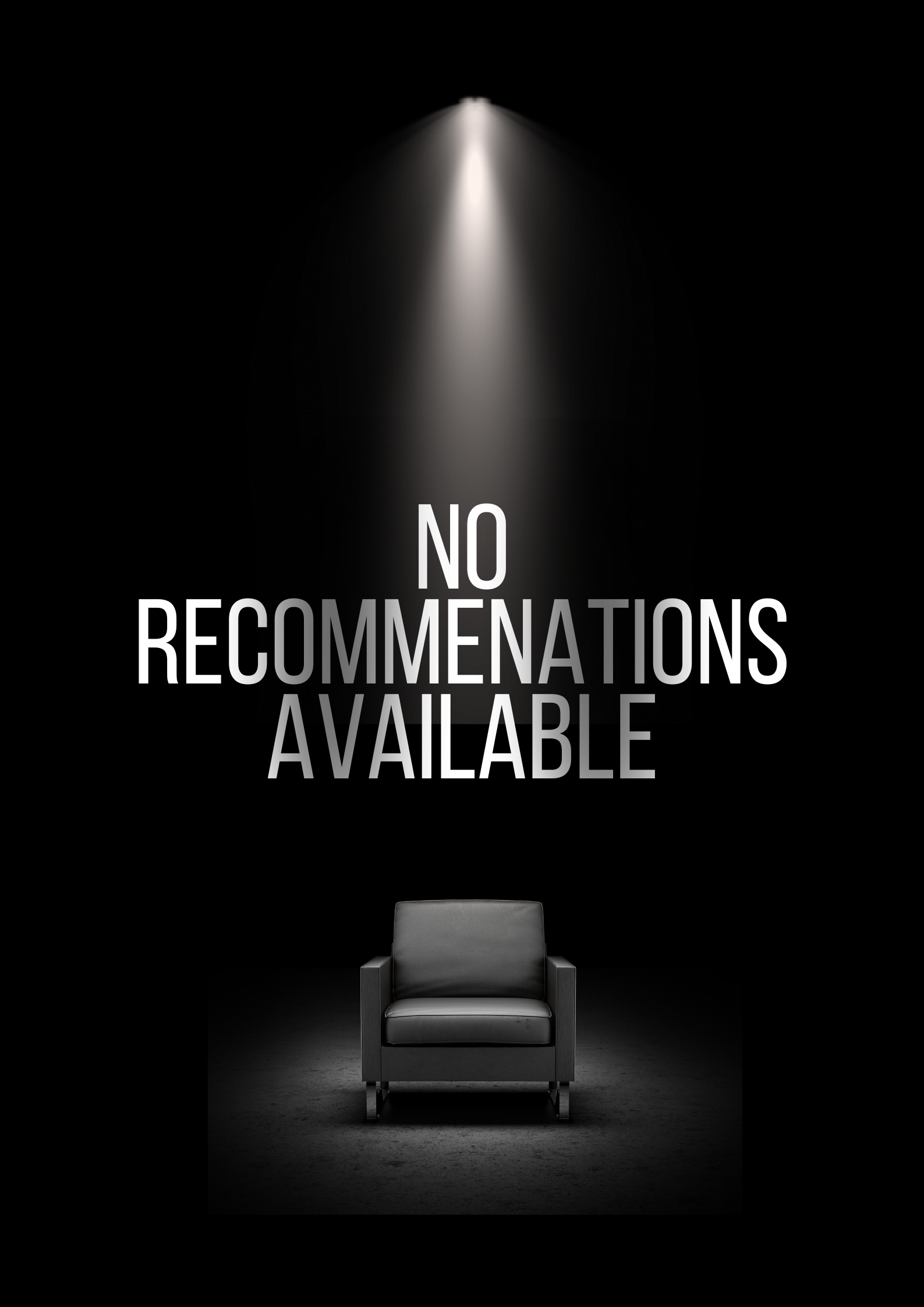Cast & Crew
2 members
Writing
Anne Nelson
Self
No Image
Acting
Christopher Ohge
Self
No Image
Similar Movies
Recommended Movies

No Recommendations Yet
We're working on finding the perfect movies for you. Check back soon!
More movies coming soon
Self
Self

We're working on finding the perfect movies for you. Check back soon!